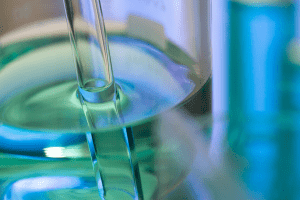The water industry has a strong and proud history of providing water supply and sanitation to populations in large metropolitan centres as well as smaller and regional communities. Over time, technology has drastically changed for the better the way water and wastewater services are supplied and our industry has grown and adapted with the changing times. Innovations such as GIS, real-time monitoring, smart sensors, and complex data analytics will drive us forward past current boundaries as we move into the future.
Our WaterRA Networks and Treatment research projects aim to understand and inform the enhancement of a water supply or enhancement of the delivery of the water supply from the source to tap. This ranges from research on the removal of compounds/substances from the source water, or through the addition of chemicals (e.g., remineralisation). It also includes stormwater harvesting systems at a utility scale that enhance the product or service experienced by the end user.
Water and wastewater will always be at the heart of our member’s businesses and WaterRA supports continuous improvement through strong evidence-based research.
Featured project
Water utilities need a method and framework which enables the identification and prioritisation of research into emerging water quality contaminants and pathogens…
Related projects

Conventional media filtration is the most common process used as one of the main barriers for pathogen and solids removal in water treatment…
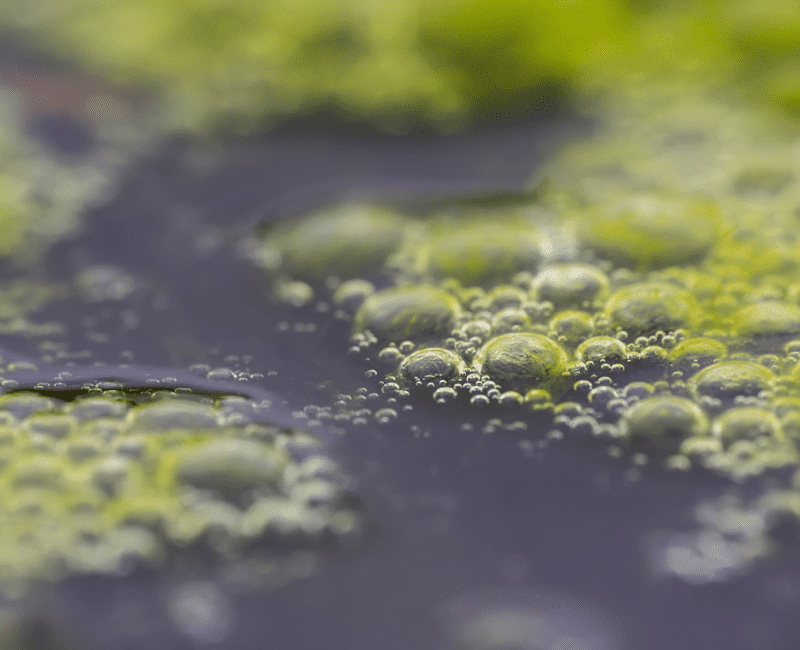
Algal and cyanobacterial blooms incur current treatment challenges such as high operational cost, disinfectant by-product formation, and the requirement to separate oxidants from solution after the oxidation…
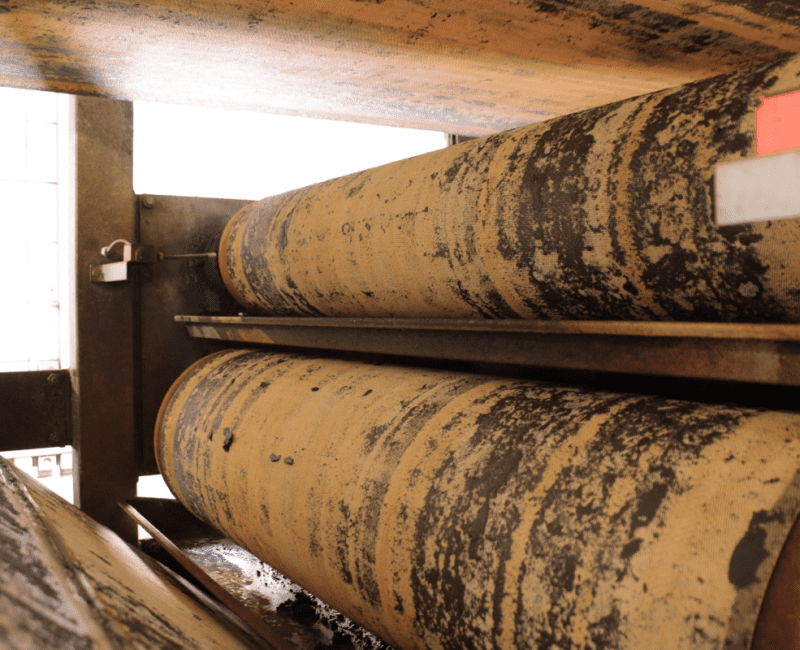
By dewatering sludge, wastes can be efficiently and reliably concentrated into filter cakes with high solids for cost-effective disposal…
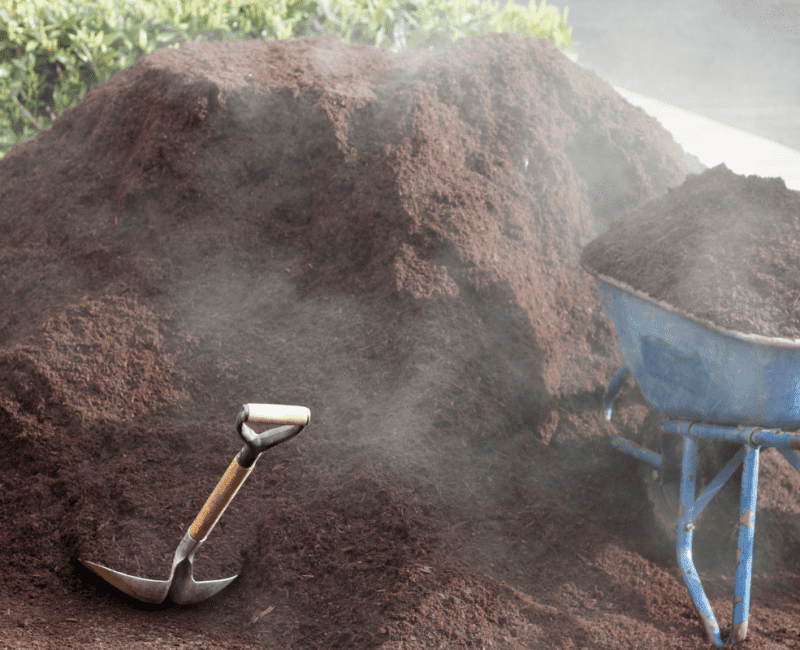
The sustainable application of biosolids to agricultural land is being limited by many contaminants such as microbial pathogens, PFAS, microplastics, and heavy metals…

Recovery of bio-energy and resources from organic waste streams in established trade waste customers
This project is investigating the potential for using historical water utility data to identify targets for resource recovery, particularly biogas. Differences and similarities in physico-chemical properties and microbial communities between different sites and industries will be studied…

Unexpected taste and odour (T&O) in drinking water is an emerging issue for the Australian water industry as it undermines customers’ trust in drinking water suppliers…
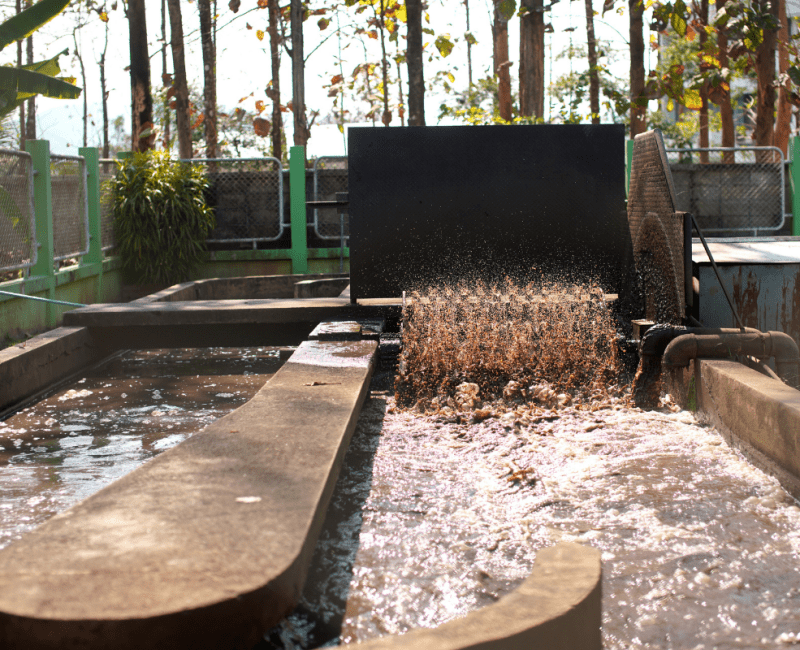
Barwon Water produces almost 700 tons of dry solid sludge per annum from its two main water treatment plants at Wurdee Buloc and the Moorabool River…

Asset management plays a significant role in modern industries, particularly in water utilities, in providing available and reliable service at an optimised asset Life Cycle Cost (LCC)…
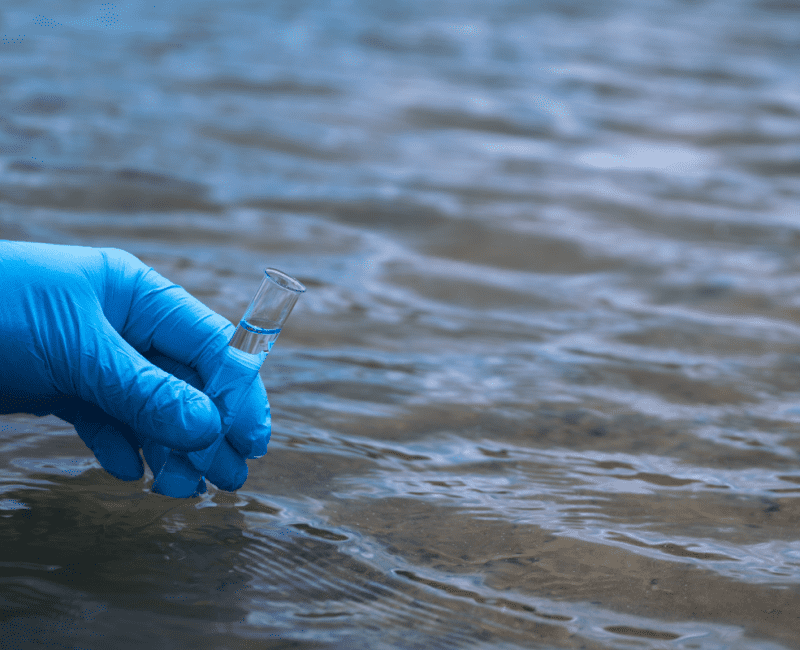
This project investigated the presence, removal and fate of illicit drugs and pharmaceuticals in wastewater treatment, using advanced instrumentation…
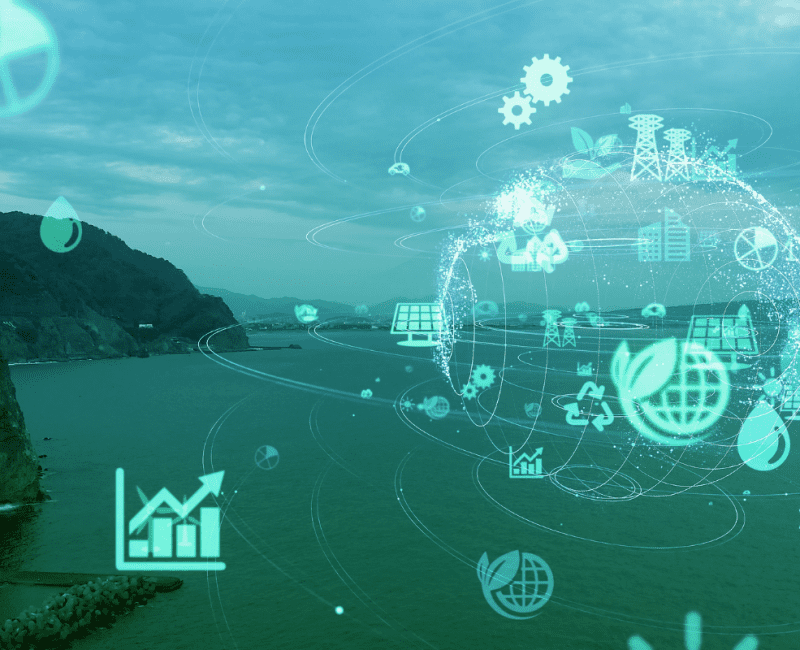
This project established unifying framework for the calculation of robustness metrics, which assists with understanding how robustness metrics work, when they should be used, and why they sometimes disagree…
This project was designed to inform future IUWM infrastructure planning processes by comparing different planning processes that have been used in the past…

This project will use granular activated carbon to remove algal metabolites…
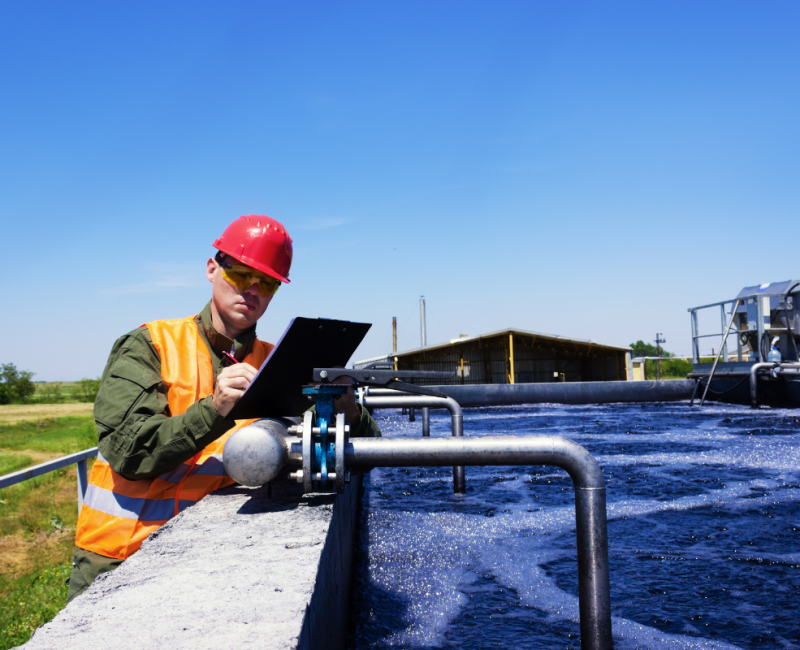
Traditionally, Membrane Bioreactor (MBR) Validation is focussed on performance during commissioning when membranes are new, and the range of operating conditions are limited…
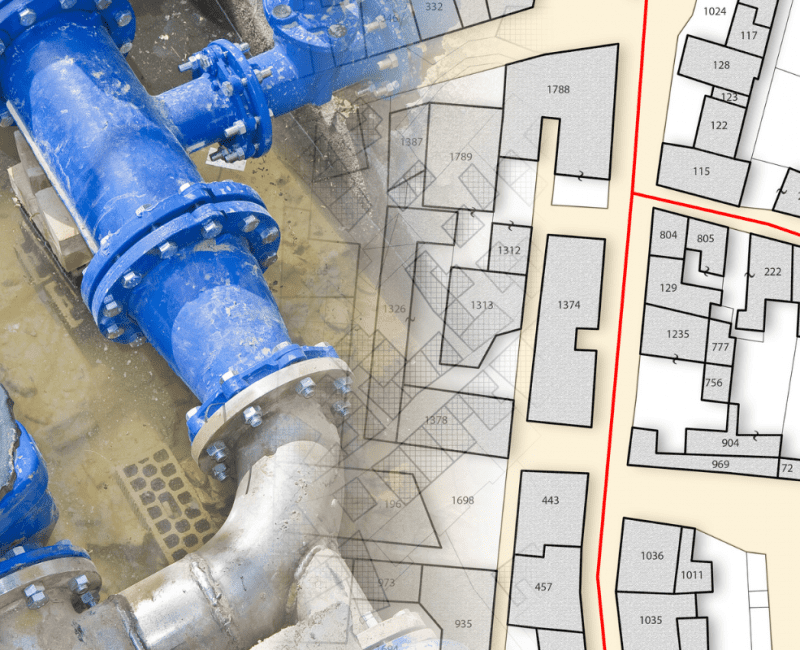
Water supply and wastewater services are two connected components in an urban water system…

Real time monitoring and process control is a crucial component of optimal, pro-active water and wastewater management but there is a lack of information about real-world experience, operation, return on investment and the costs that are related to online monitoring…

Raw source water contains parts of plants, blue-green algae and their toxins, and many other types of organic matter…

The proposed project will evaluate new methods for synthesising novel fluorescent biopolymer nanoparticles (BNPs) in quantities that are suitable to facilitate challenge testing at full-scale and investigate techniques for stabilising the BPNs for distribution…

One reason catchment water is treated to make drinking water is because it contains unwanted microscopic organisms…

Water supply sustainability demands that communities look toward non-traditional water sources for potable and household water needs…
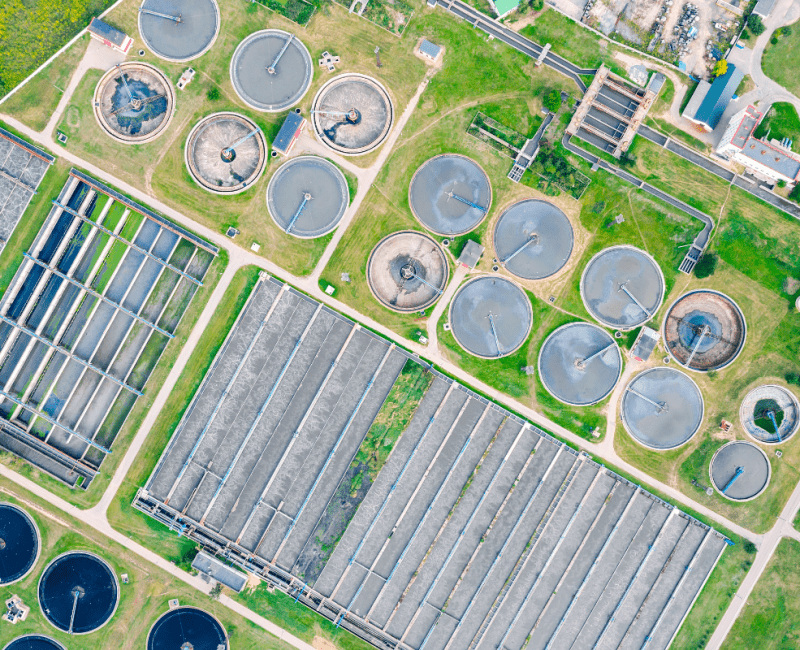
Potable water reuse is increasingly recognised as an important water management strategy for future Australian and international cities…

The aim of Project 1127 was to help the water industry better manage and understand contaminants of emerging concern (CEC), through…

New satellites and drones have the capacity to provide higher resolution images, of larger areas, more often than ever before, but how can water managers and scientists access or use this data, and what will they need to incorporate remotely sensed information into analysis, planning and other decision-making processes…

Source waters contain a class of chemical compounds collectively known as ‘bromides’…
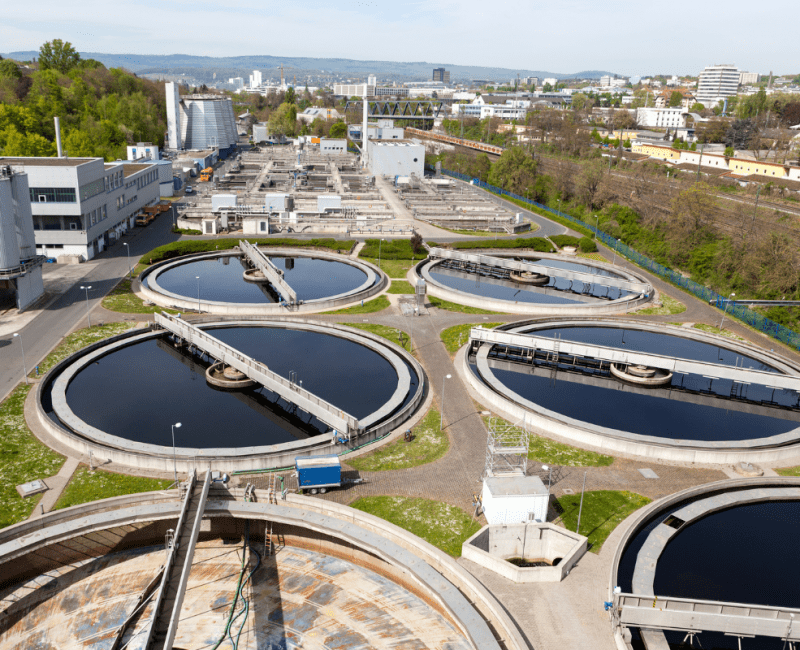
Wastewater, including sewage, must be treated to remove chemical pollutants prior to its release into the environment…

As an alternative water resource, stormwater has a great potential to be reused for various purposes, including for the augmentation of drinking water supplies, but the reason stormwater run-off has not been widely used is because it contains unknown and variable amounts of chemical contaminants and microscopic organisms, some of which can cause illness and disease…
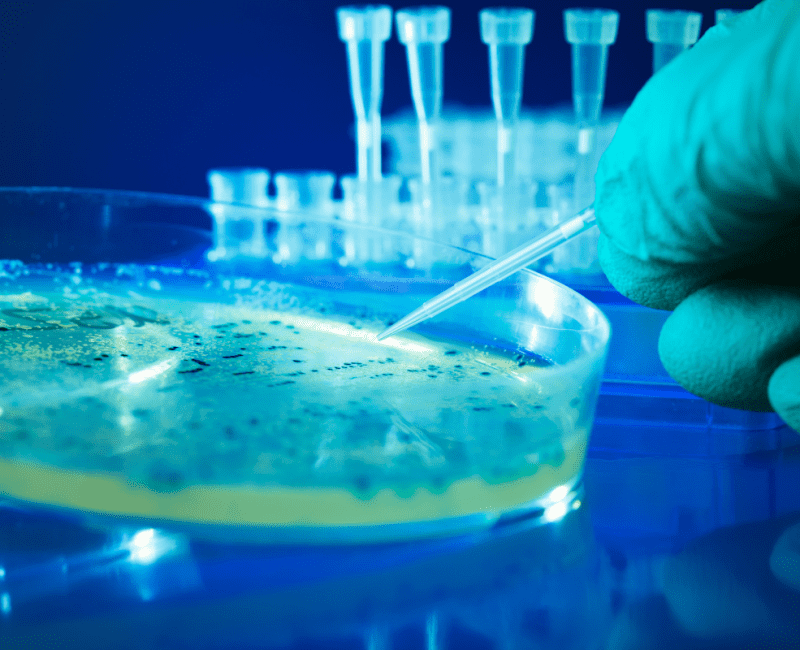
The Australian water industry is unsure of the original basis of the maximum 10% supernatant return rule, in the context of water treatment…
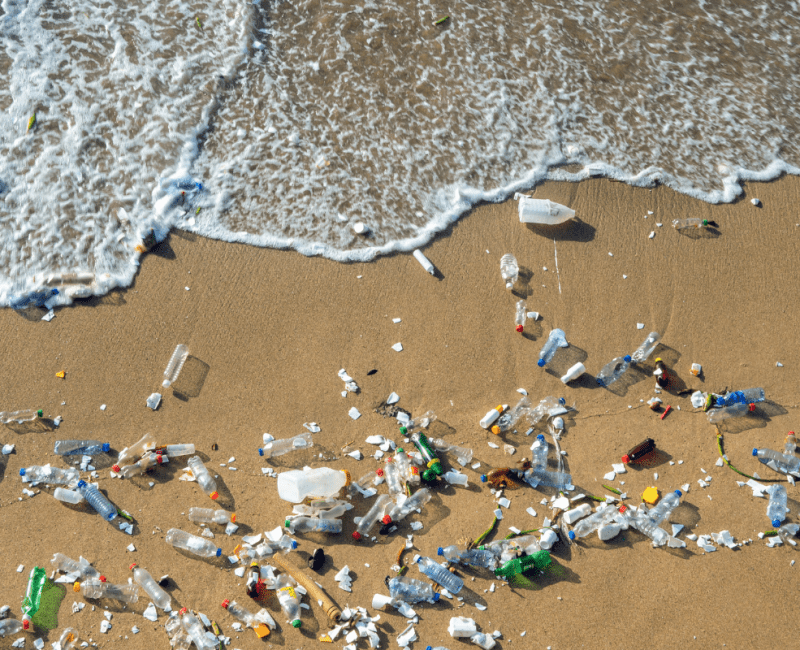
Tonnes of microplastics end up in our oceans and waterways each year impacting animals and the environment, as well as wastewater treatments plants and other infrastructure…

This project proposes to use novel concepts in computational chemistry to predict the likely transformation products (TP) of relevant EDCs/PPCPs with a range of disinfection and oxidation options (such as chlorine, chloramines and chlorine dioxide) commonly used in the production of drinking water, and to apply comprehensive in vitro toxicity testing to determine their likely toxicity profile…

N-nitrosodiumdimethylamine (NDMA) in drinking water is one of many factors – such as a persons’ genes – that cause cancer…
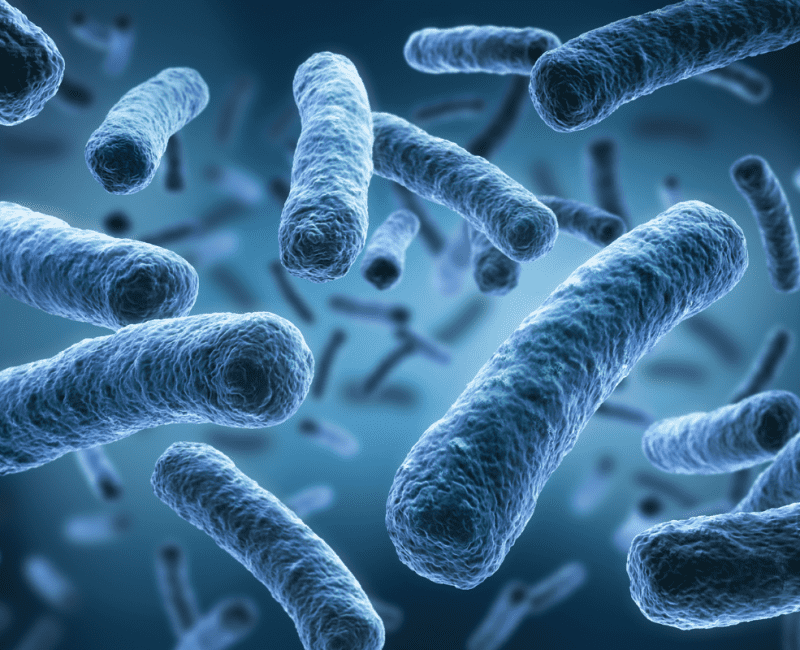
Bacteria such as Legionella occur naturally in freshwater…
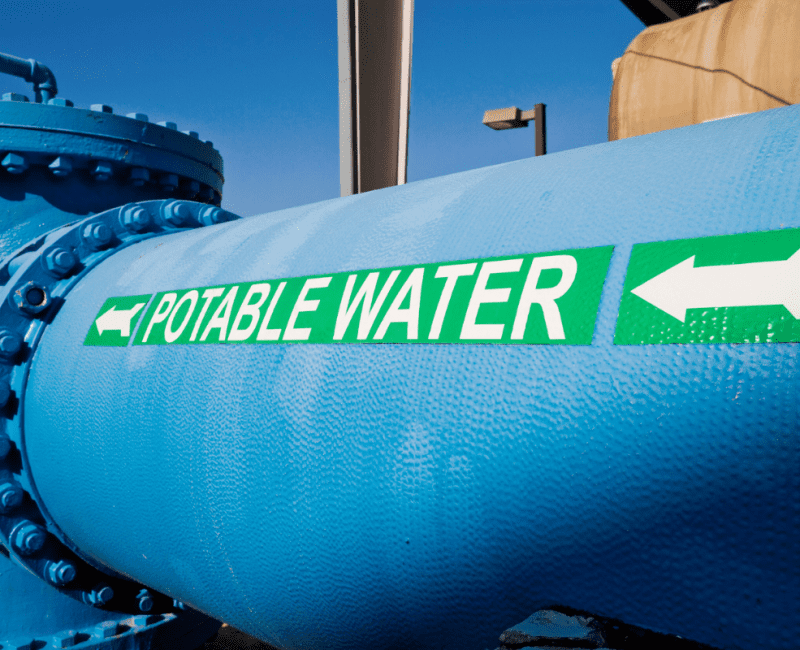
This discussion report describes international and Australian examples of different ways to use recycled water: groundwater and aquifer replenishment, surface water augmentation and direct potable reuse…

Stormwater and treated wastewater can contain infectious pathogens…
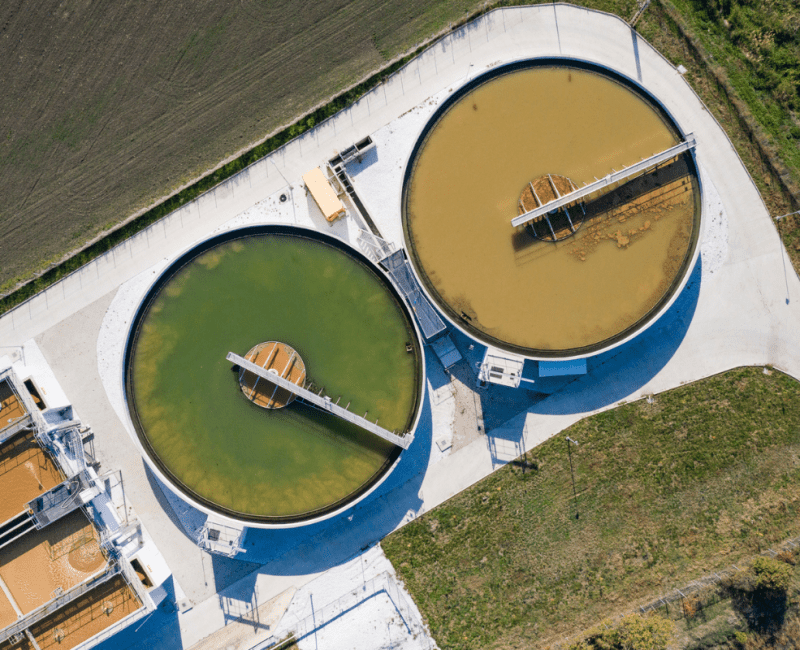
Compliance with the Australian Guidelines for Water Recycling ensures that recycled wastewater does not present a health risk due to infectious pathogens or disease-causing chemicals…

The Australian Guidelines for Water Recycling (AGWR) require water recycling treatment processes to be validated in ways that ensure that recycled water does not pose a risk to health, safety or the environment…

Water treatment by micro- or ultrafiltration, or reverse osmosis is applied to a range of purposes, including recycling wastewater or reducing contamination sufficiently to make it safe for discharge to the environment…

Cryptosporidium is a waterborne microscopic parasite with different forms at various stages of its lifecycle…

The Australian Guidelines for Water Recycling (AGWR) encompass acceptable health, safety and environmental targets for different types of recycled water…
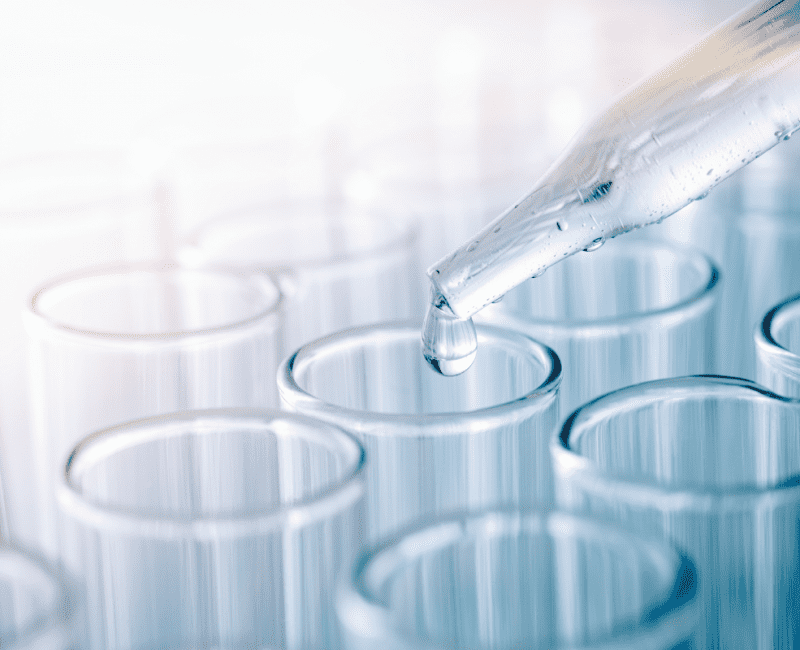
Water supply is usually continuous, and interruptions to supply are expensive and inconvenient…

Recycling wastewater to a standard that makes it fit for use in irrigation is an efficient and cost-effective strategy for managing water resources, and has prompted the installation of separate pipe and tap reticulation systems in domestic housing schemes such as at Rouse Hill in Sydney…

There are more than 3000 per- and poly-fluroalkyl substances (PFAS)…
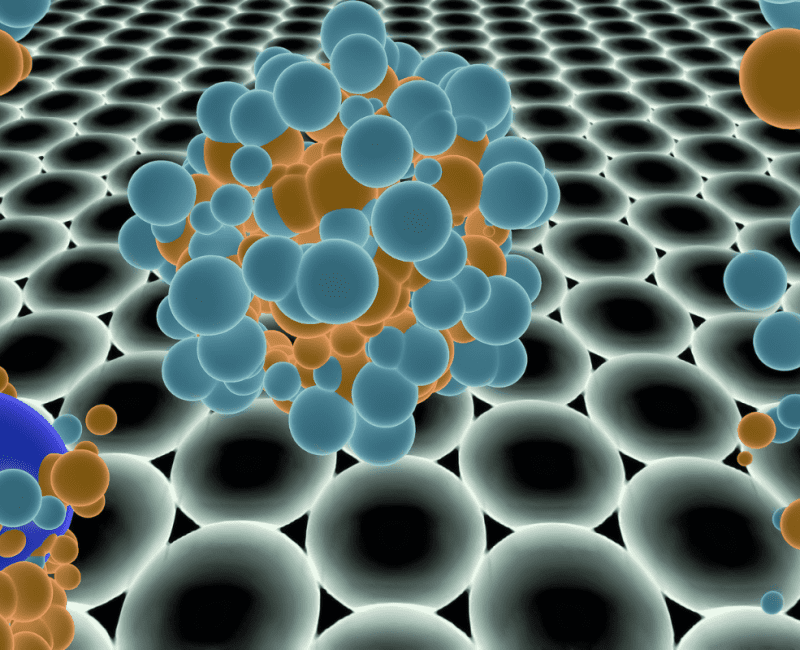
Treated wastewater may still contain some harmful, infectious pathogens…
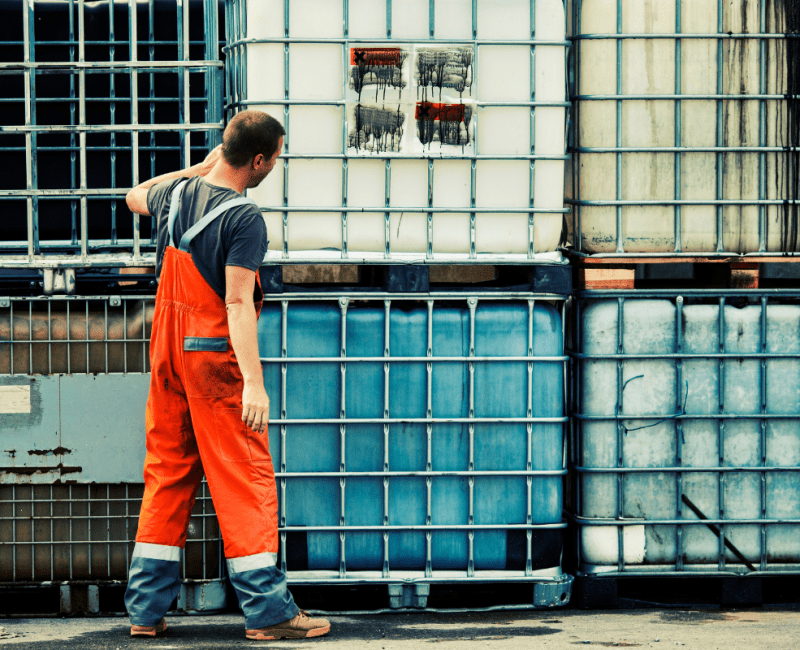
One wastewater treatment (WWT) option is disinfection with ultra violet (UV) light to remove pathogens and some contaminants, but substances in treated wastewater, such as particles of solid matter, can absorb the UV radiation and reduce its disinfecting activity…
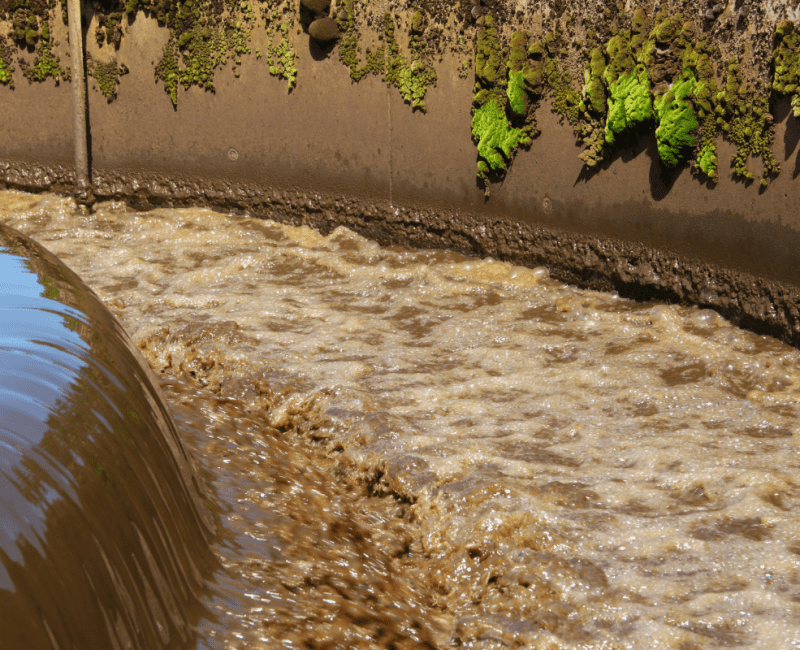
Sewage is delivered to wastewater treatment plants (WWTPs) where benign microbial organisms within ‘activated sludge’ vessels contribute to the removal of harmful pathogens from the sewage…

Water utilities need a method and framework which enables the identification and prioritisation of research into emerging water quality contaminants and pathogens…
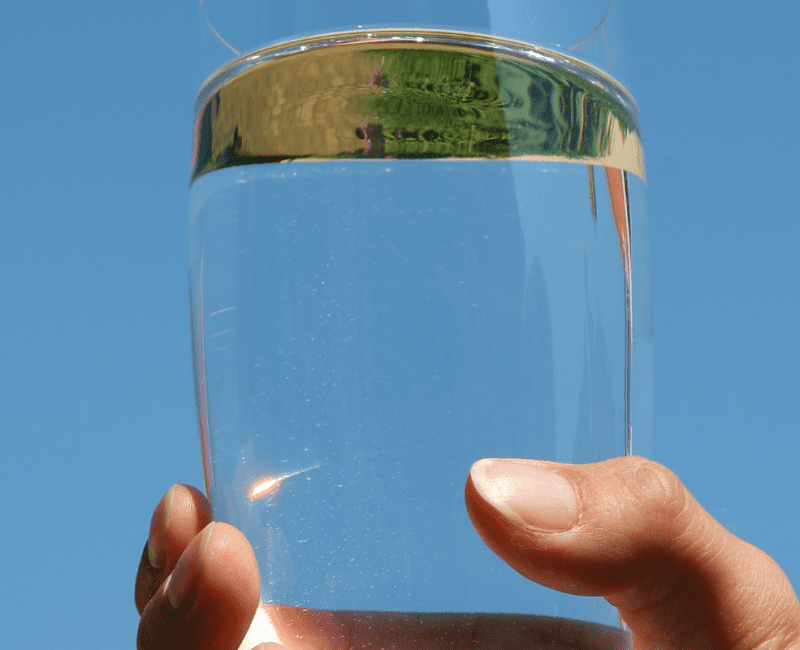
Disinfection is essential for removing harmful microbial pathogens and making safe drinking water but can also cause formation of disinfection by-products (DBPs), some of which pose a health risk…
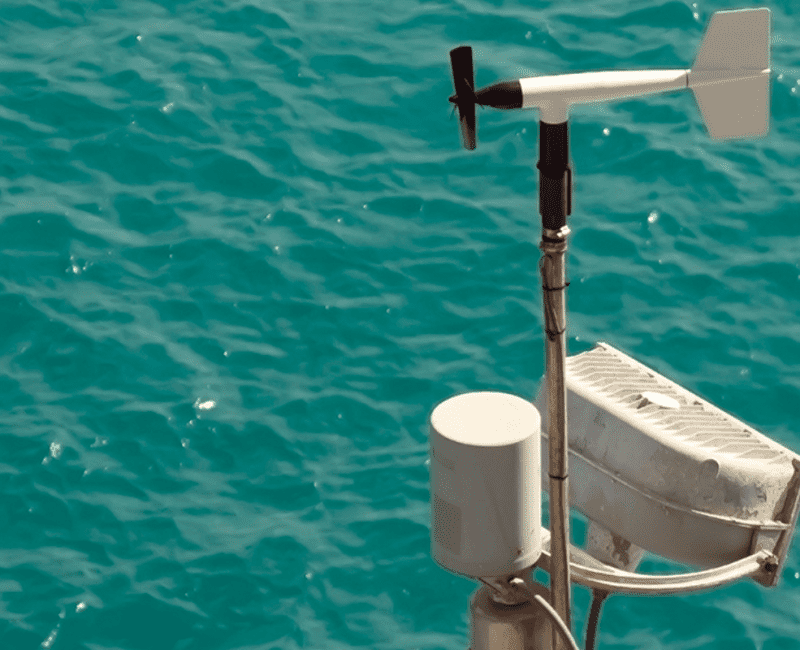
A survey of water utilities identified the top five challenges faced in daily operations, and technical, economic and literature reviews identified remote sensing strategies and technologies to address these five operational issues…
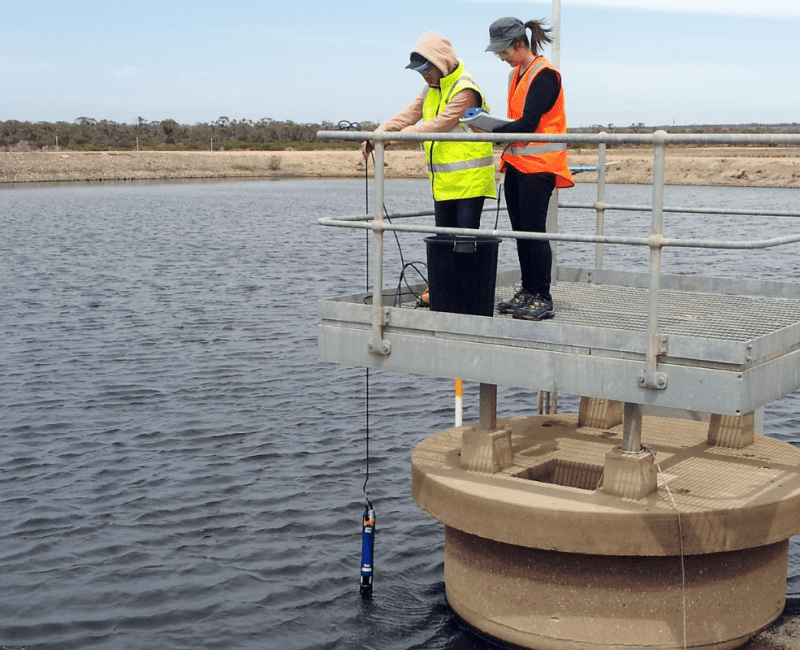
The management of blue-green algae (cyanobacteria), and the toxins and taste and odour compounds they produce, have been the focus of more than 30 years of research, but there is still a need for a suite of user-friendly tools to assess and manage aesthetic and toxin risks…
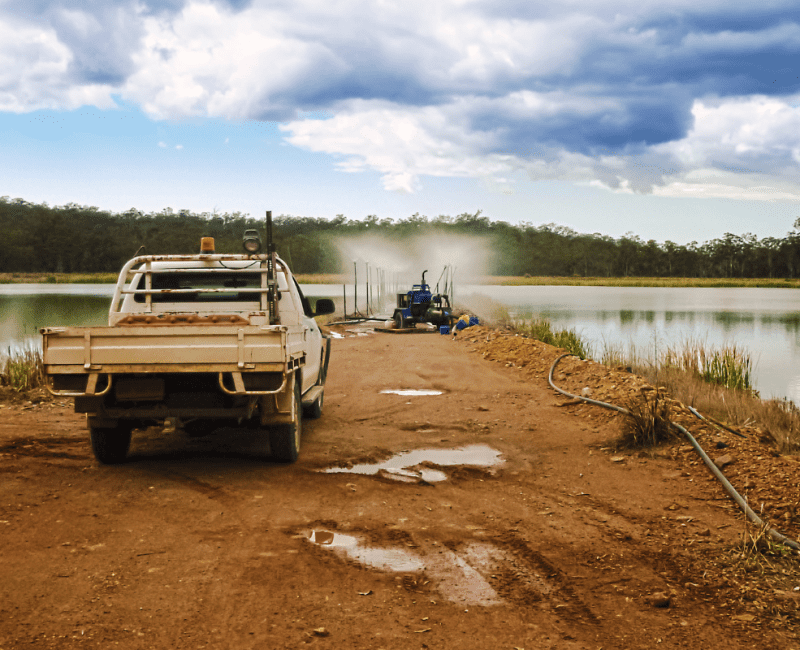
In Australia, remote and regional communities frequently manage relatively small, isolated water treatment and waste management systems which have water quality and health risks characteristic of small-scale decentralised operations…
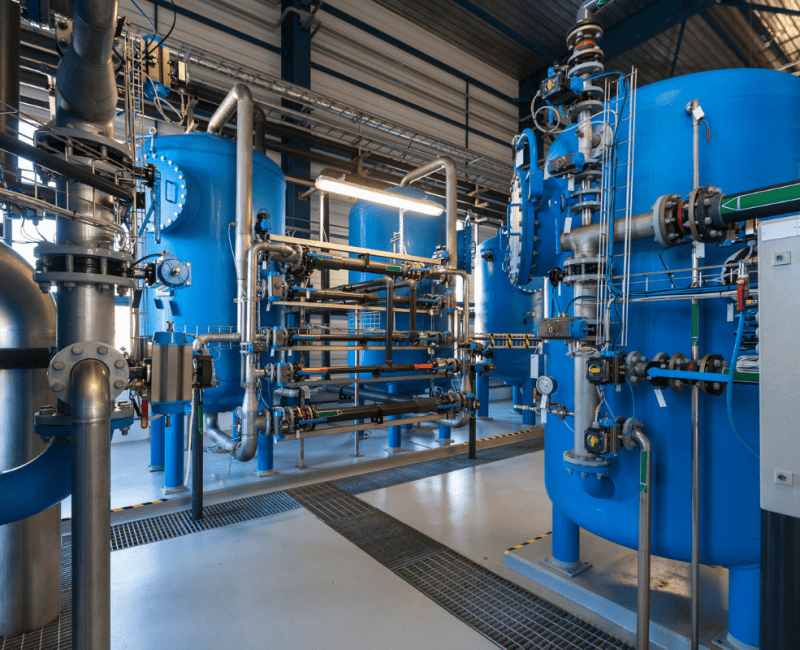
Although water utilities recognise the value of online instruments that provide real-time monitoring capability, there are problems with visualising and interpreting datasets, and with distinguishing between data resulting from real-world changes in treatment plant operating conditions, for example changed turbidity or flow, and instrument failure…
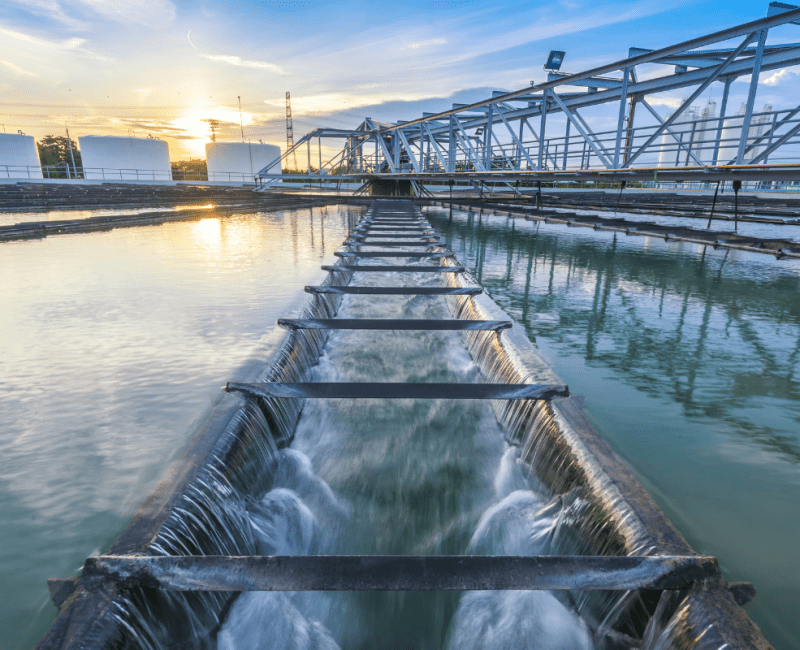
The ADWG prioritises the removal of microscopic pathogens (and the toxins some produce) from public drinking water supplies to prevent large scale outbreaks of illness…

Water treatment plants (WTP) take in source waters then remove 95-99% of blue-green algae (cyanobacteria) cells and the toxins they produce…
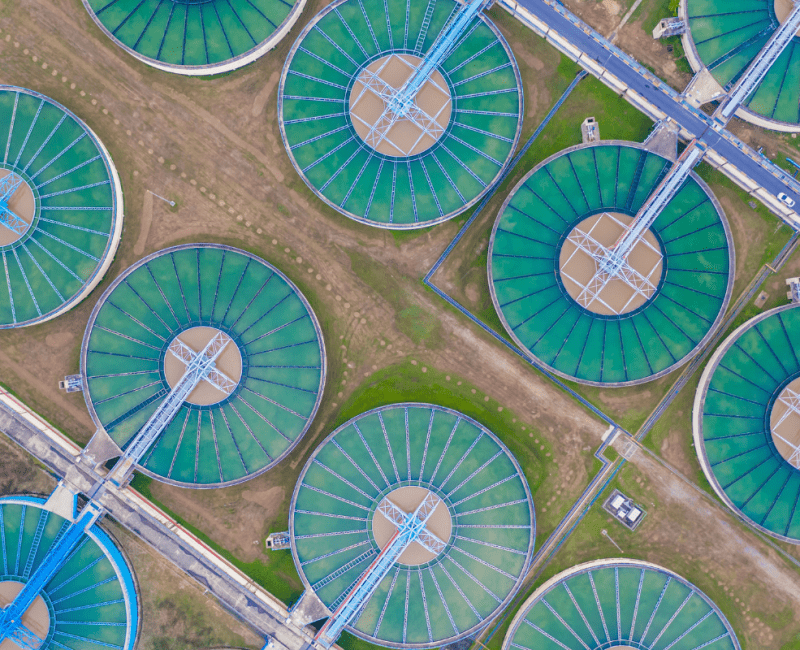
Water treatment plant operators remove cyanobacteria and the toxins they produce from source waters but calculating the amount of treatment needed for effective removal is difficult, particularly in bloom conditions when cyanobacterial cell numbers and toxins change quickly…

Microscopic pathogens in drinking water pose a risk to public health…
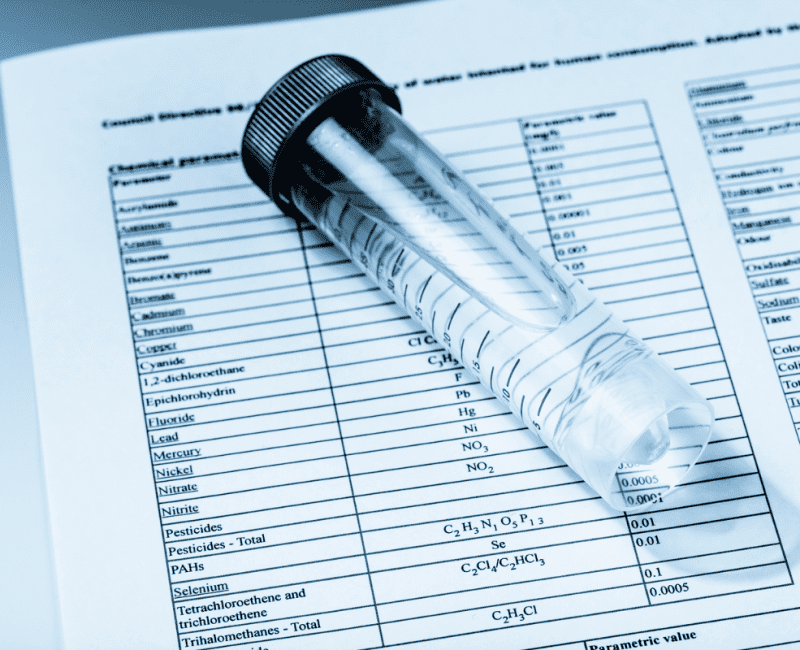
Natural organic matter (NOM) and bromide in source waters react with disinfectants to produce disinfection by-products (DBPs) in drinking water…
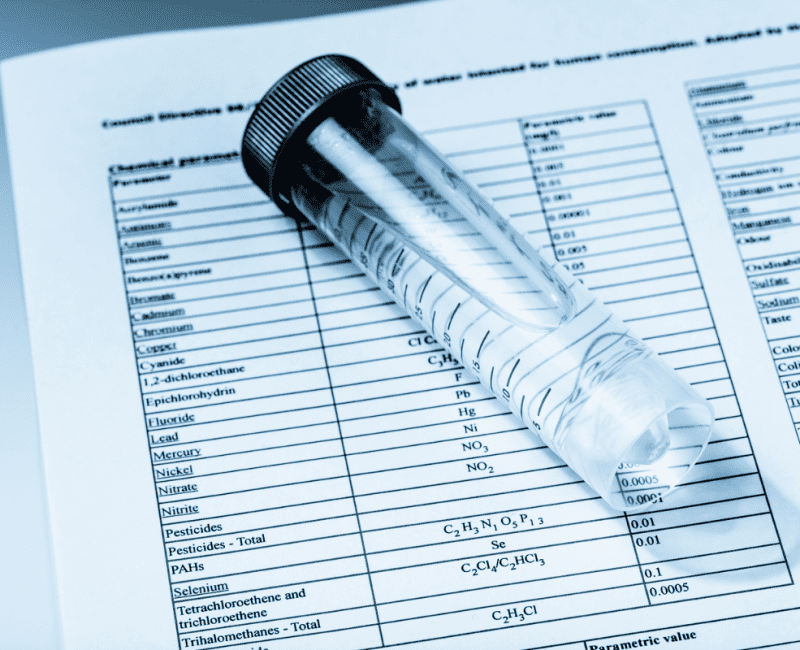
Source waters are disinfected to remove harmful pathogens, but chlorine reacts with organic matter and bromides to form disinfection by-products (DBPs) which can affect health…
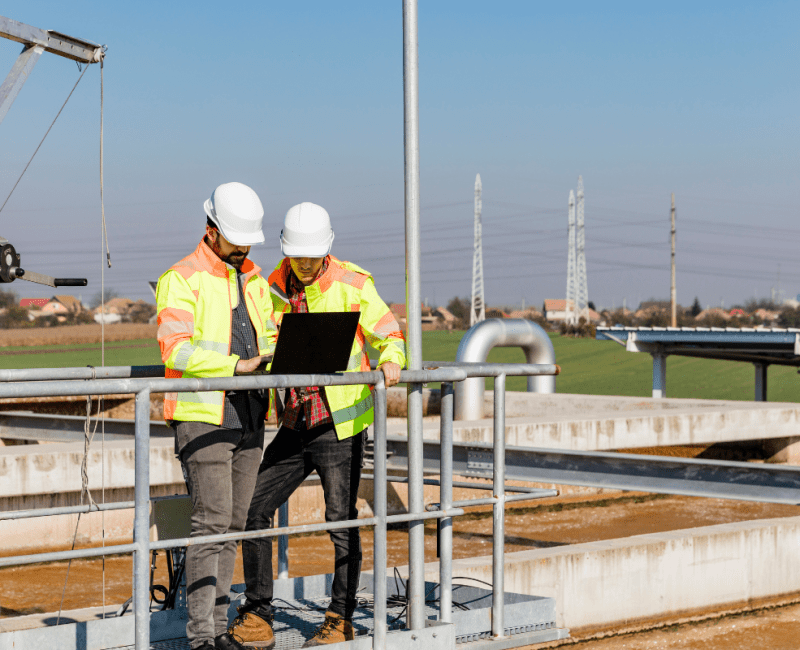
Components of dissolved organic matter (DOM) and dissolved organic nitrogen (DON) in source waters can react with disinfecting chlorine or chloramine to form nitrogenous disinfection byproducts (n-DBPs) which might be toxic and hazardous to health…
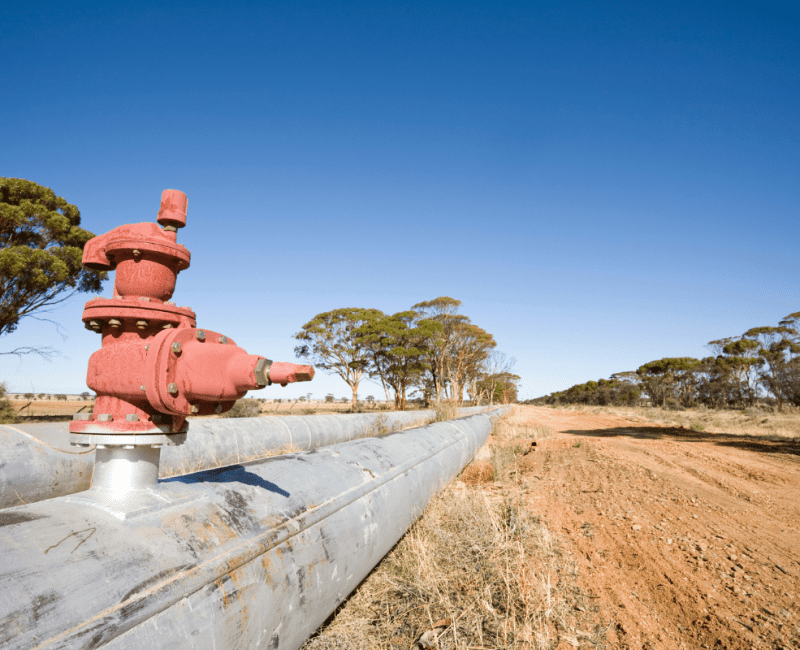
Chlorine removes harmful pathogens from water but has the disadvantage of forming disinfection by-products (DBPs) by reacting with organic matter sometimes found in water…

Remote and regional Australian communities commonly produce potable water by removing salt from brackish groundwater…

The filters in some water treatment plants have a biofilm of bacteria which degrades and removes cyanotoxins…

The aim of this project was to examine the utility of ultra-violet (UV) spectroscopy as a real-time water quality monitoring system…
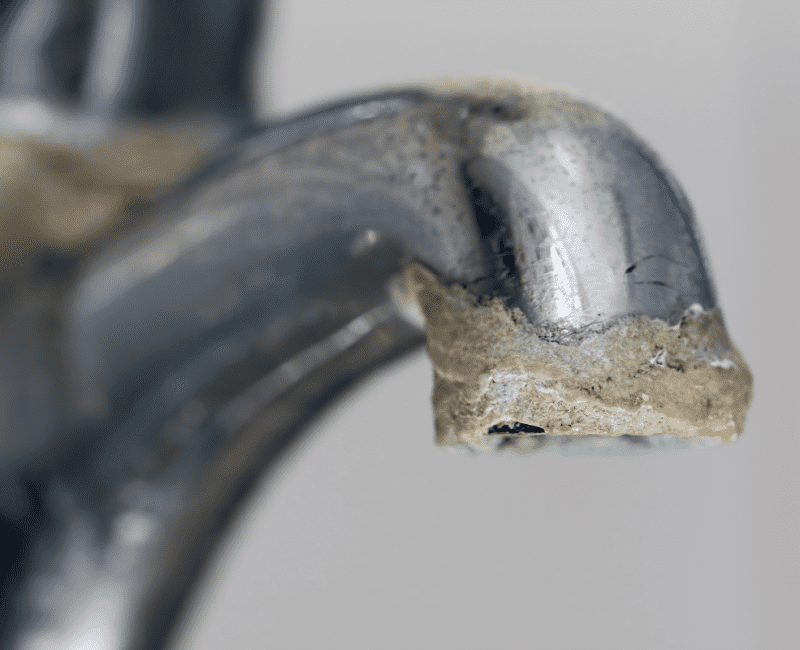
Some remote and regional areas of Australia rely on groundwater…
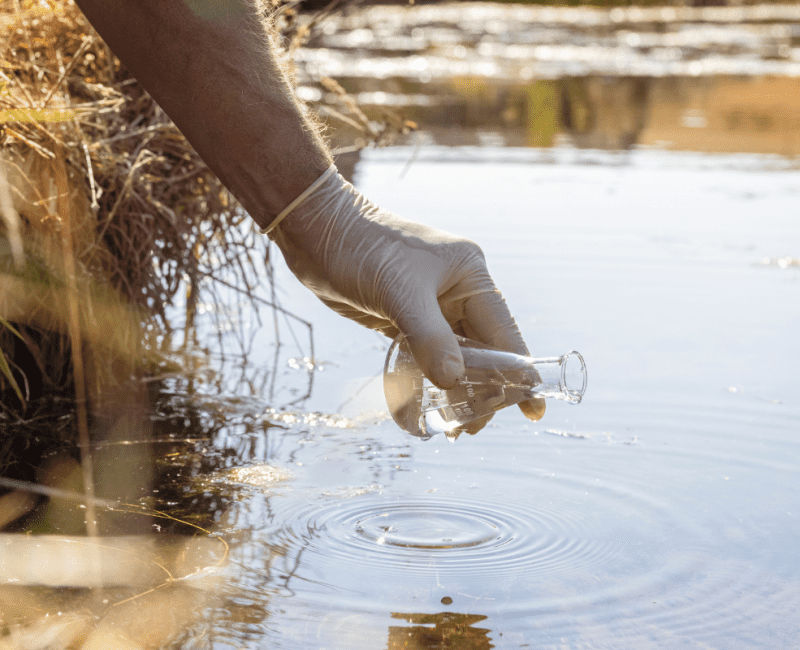
Water is disinfected to remove harmful microbes and pathogens such as cholera and typhoid…
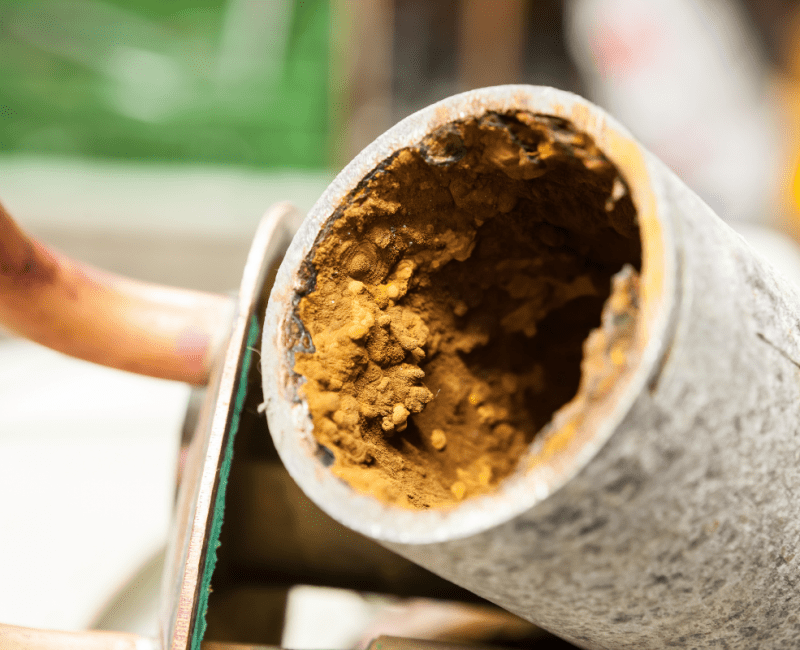
This project developed analytical methods sensitive enough to detect the very low levels of compounds that leach out of old coal tar enamel-lined pipes, then catalogued the chemicals and the levels they were found at in a problematic pipeline…
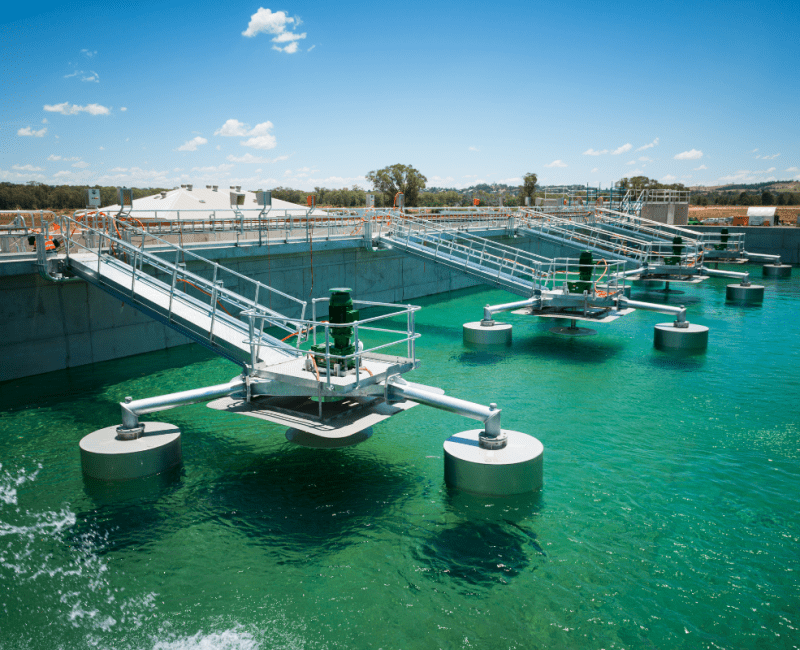
Water is disinfected to remove harmful organisms, then filtered and treated to remove contaminating pollutants…
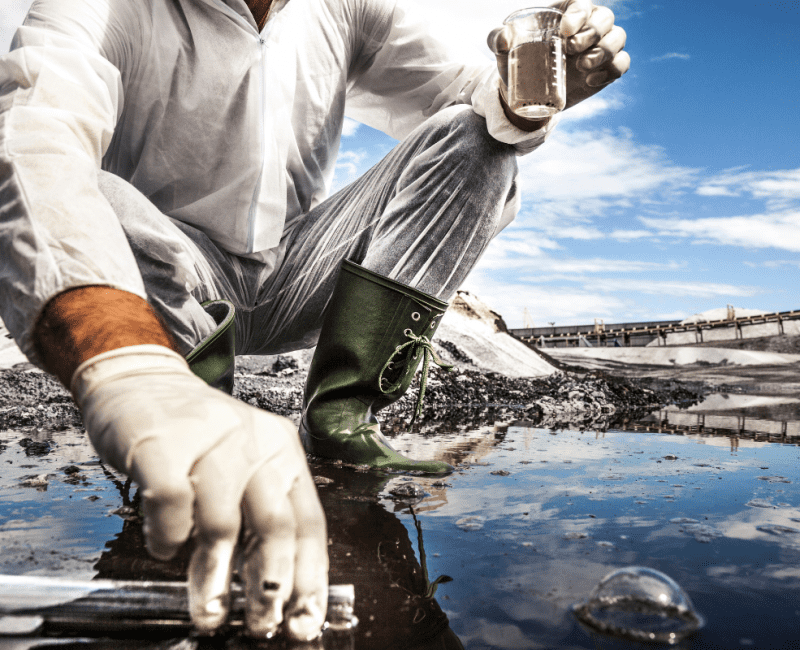
It is prohibitively expensive and time-consuming to monitor drinking water by individually quantifying every possible polluting contaminant…
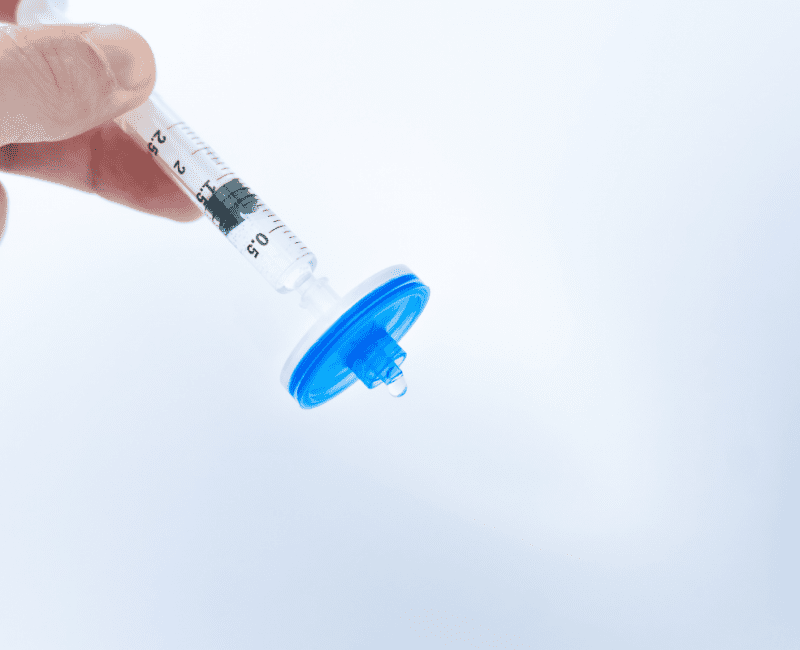
Cyanobacteria and actinobacteria inhabit natural water sources. When they bloom, their very high numbers reduce water quality…



